If you've got goat cheese and parmesan in your fridge, you may well wonder if you can use both of them to whip up something satisfying. But do their flavors play well together? We've got the solution for this dairy dilemma.
Goat cheese and parmesan go great together! The creamy funkiness of goat cheese complements the savory nuttiness of parmesan beautifully. They can be used together in pasta and many other recipes.
In this article, you'll see several different ways you can put these two tasty cheeses together to make something greater than the sum of its parts. Read on to learn all about it!
Ways to Use Parmesan and Goat Cheese Together
Knowing that goat cheese and parmesan can work well together, you may already have some ideas for how to mix these tasty cheeses.
If you're looking for some more direction or inspiration, we've got some great ideas and recipes to get you on your way.
Pasta
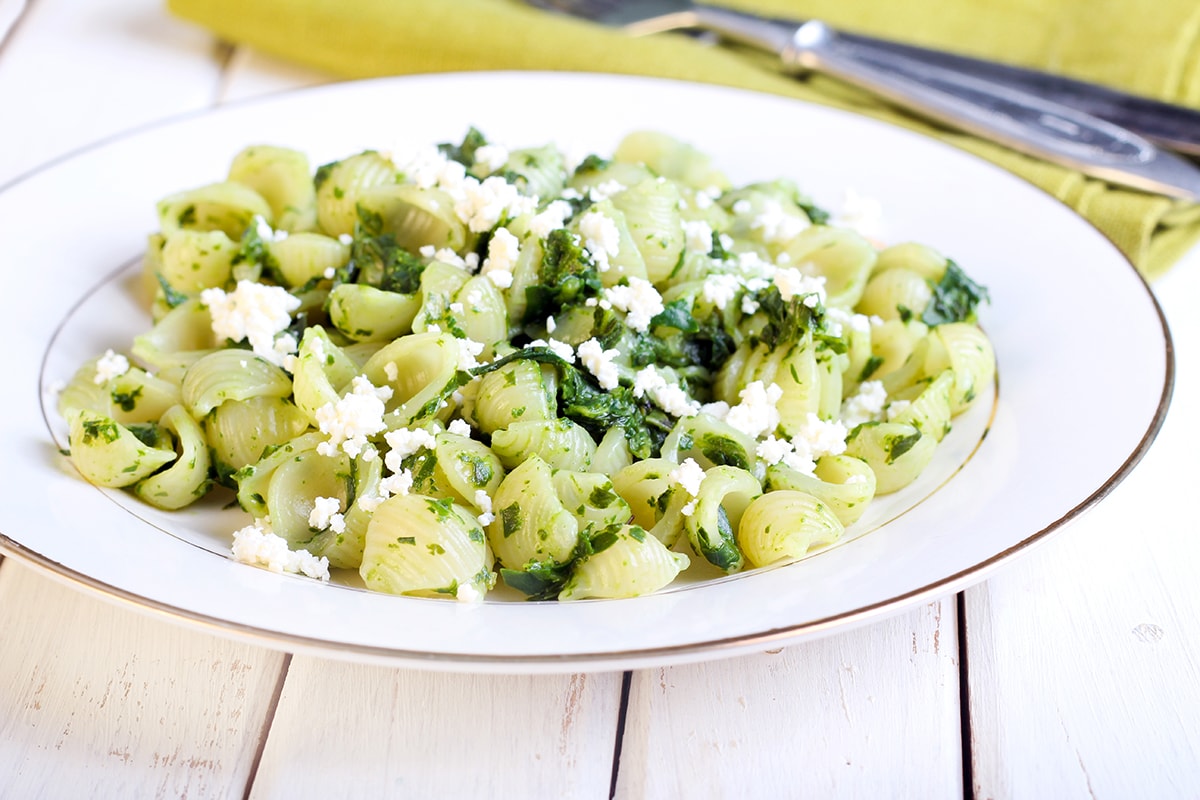
Pasta is a real wonder food. It can be made into a quick weeknight meal or a Michelin-star masterpiece. It's also the perfect canvas for using goat cheese and parmesan together.
Goat cheese adds velvety creaminess and tang while parmesan adds a punch of umami and saltiness.
To use goat cheese and parmesan for pasta, you can keep it bare-bones and simple.
Just boil your pasta until done, then toss it with some torn-up goat cheese, shredded or grated parmesan, and olive oil. This dish comes together super fast when time is short.
For a more luxurious dish, though, you'll want to build a sauce with your cheese and add in some extra flavors.
This recipe, from Jo Cooks, comes together almost as quickly. While your pasta boils, simply cook some garlic in butter, then add in cream and your goat cheese.
Next, you'll add in the pasta, then the pasta cooking water to get the consistency right. After that, flavor it with herbs, lemon zest, salt and pepper, and your grated parmesan. You'll have a rich, restaurant-worthy dish in no time at all!
If you have some cheddar and a little more time, you can up the cheesy ante with this recipe for baked macaroni and cheese from The Spruce Eats.
Their method calls for a mornay sauce. To make one, you cook butter and flour together to make a roux. Then add milk to make a bechamel. Next you add in cheese (in this case, goat cheese, parmesan, and cheddar) and herbs.
Add this sauce to cooked macaroni and season to taste. Put the whole mess in a casserole dish and top with toasted breadcrumbs and a bit more parm. Then just bake it for an elevated mac and cheese!
Egg Dishes
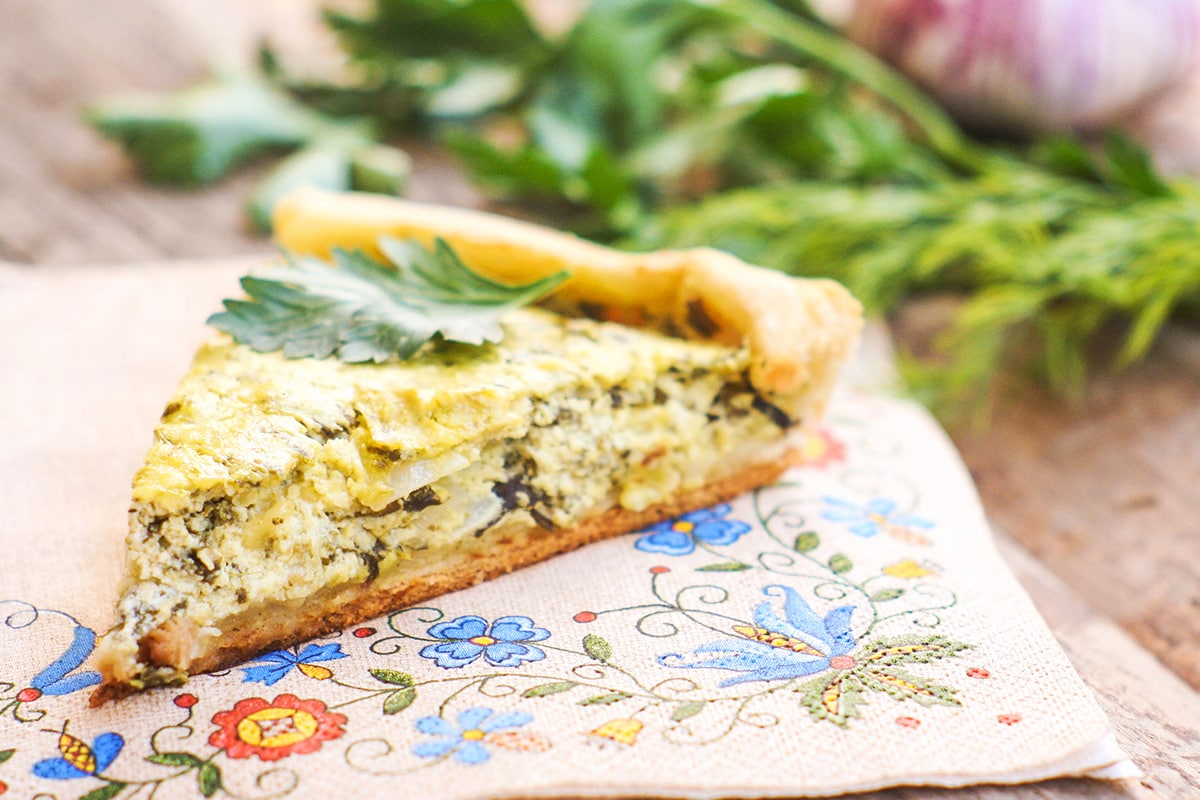
There are so many ways to cook an egg, and cheese is a welcome addition to pretty much all of them. Let's see a few of the best.
Cheese Omelet
For a fast way to use eggs, goat cheese, and parmesan together, you can make a cheese omelet! Simply use some crumbled goat cheese and grated parmesan as fillings in your omelet. Serve it with a salad and you have a great light meal!
This is also a great way to use other ingredients you have on hand. Spinach (fresh or frozen) goes great in this omelet, as would sun-dried tomatoes or herbs like in this recipe from The New York Times.
See how quickly a goat cheese omelet can come together in the video below:
Quiche
Another French classic, a quiche requires a bit more time, ingredients, and technique to put together than an omelet. That being said, it's a great way to feed a group.
This recipe, from Food Network, calls for goat cheese and parmesan as well as some chopped winter greens for hardiness.
It calls for packaged puff pastry for a quick crust, but you can make your own pie crust if you don't have a premade one ready to go. Just remember that it will take time to put your crust together.
Cheese Souffle
If you haven't noticed, the French have a thing for combining cheese and eggs for a delectable effect. If an omelet is too simple and quiche is too heavy for your tastes, why not make an airy cheese souffle?
This recipe, from Food and Wine, calls for both goat cheese and parmesan. The goat cheese flavors the interior souffle while the parmesan coats the baking dish with some butter and adds a nice external crust.
Salads

If you want to make something light and quick, parmesan and goat cheese are both great additions to salad. Simply add some parmesan and pieces of goat cheese to your greens and dress with your preferred dressing for a quick, light bite.
If you want to make it a little fancier, you can slice rounds from a goat cheese log and toast them.
One method to do so is to cover the slices in bread crumbs, set them in the freezer, then toast them in a skillet, like in this recipe from The Spruce Eats.
You can add either grated parmesan or thin shavings from a block of parmesan to your salad.
Spanakopita
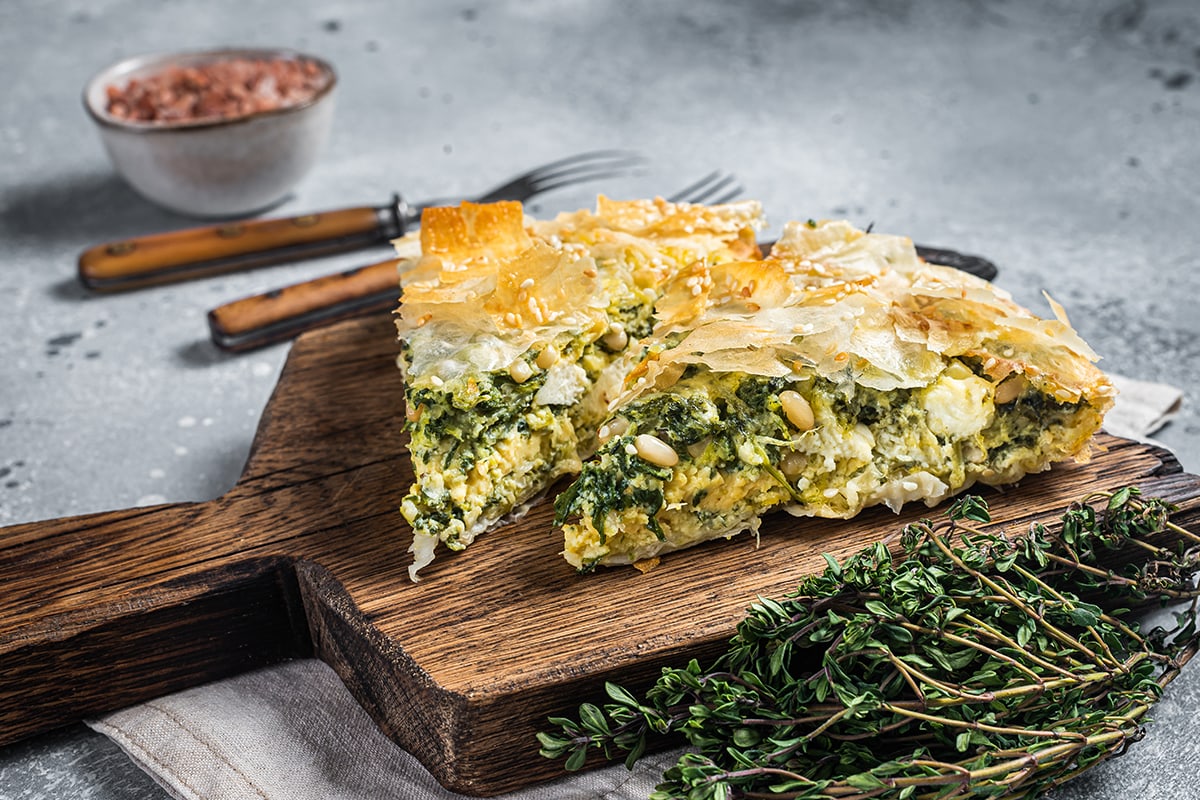
If you've never had spanakopita, a greek spinach pie, you are missing out. The cheesy, spinach filling and flaky phyllo crust are so satisfying it can even convert spinach nay-sayers.
The main cheese this dish calls for is feta, but feta-style cheeses can also work. Feta is often made with goat milk, but sheep and cow milk are also often used.
While parmesan isn't a traditional ingredient, many recipes call for it to add some more depth of flavor. This recipe, from Bon Appétit, is one such recipe.
Appetizers and Hors D'Oeuvres
You don't have to wait for the main course if you want to enjoy the tasty combination of goat cheese and parmesan. They can make delicious appetizers and hors d'oeuvres as well!
Cheesy Dip
For something super satisfying, try out this recipe for baked goat cheese dip from Food Network.
Goat cheese, parmesan, and cream cheese are combined with some other seasonings in a food processor, then baked and served with seasoned tomatoes and slices of baguette. This appetizer requires little hands-on time and is sure to impress.
Cheese-Stuffed Mushrooms
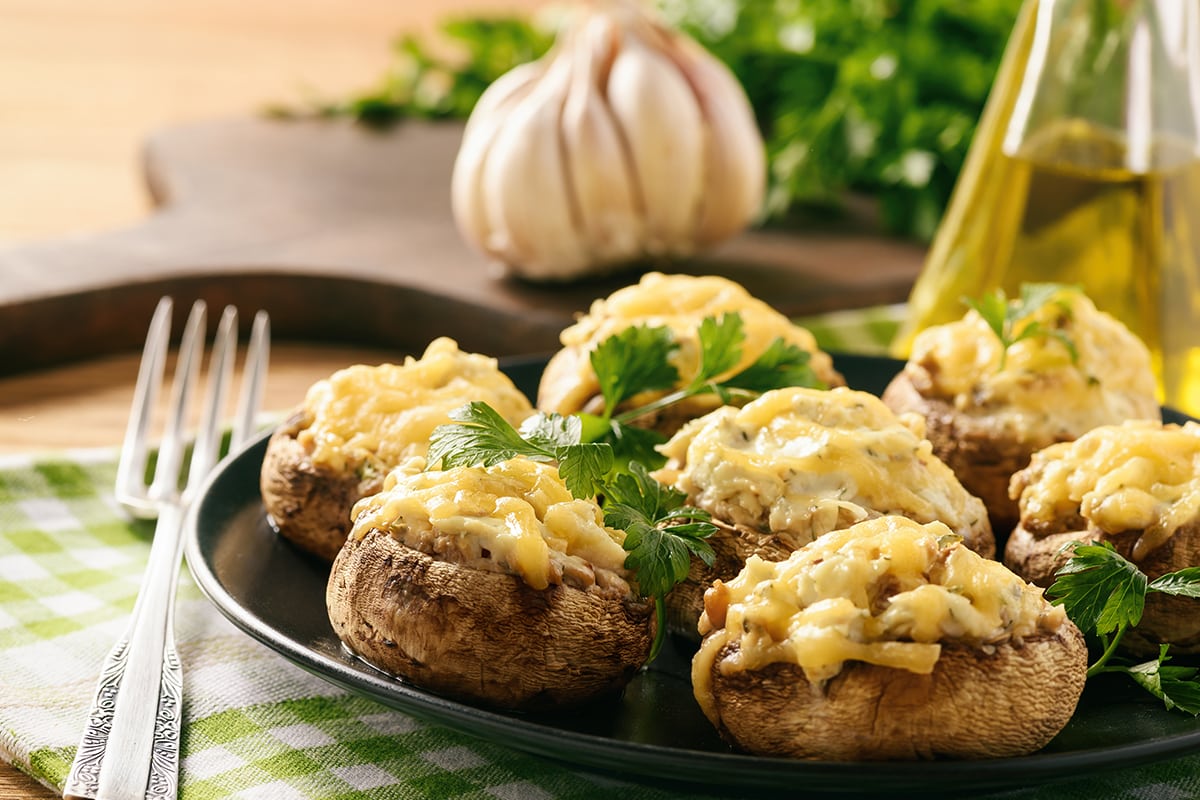
Goat cheese and parmesan are perfect for stuffing bite-sized mushrooms like buttons or baby bellas. Just add some garlic and an herb blend for a more complex flavor, then bake them until they're tender and bubbly.
This recipe, from Grown Up Dish, gives detailed instructions on how to make these simple, savory bites.
Goat Cheese in Parmesan Baskets
For some fancy finger food, you can bake grated parmesan to make crisps. While they are still hot, you can form them into baskets by placing them on an upside-down egg carton.
This makes an excellent vessel for all sorts of fillings, including seasoned goat cheese like in this recipe from Food and Wine. These make fantastic hors d'oeuvres for any get-together.
How to Tell if Goat Cheese Has Gone Bad
Before you rush to use the goat cheese you found at the back of your fridge, you'll want to make sure it's still good.
The best senses to check if your goat cheese has gone bad are sight, smell, and taste.
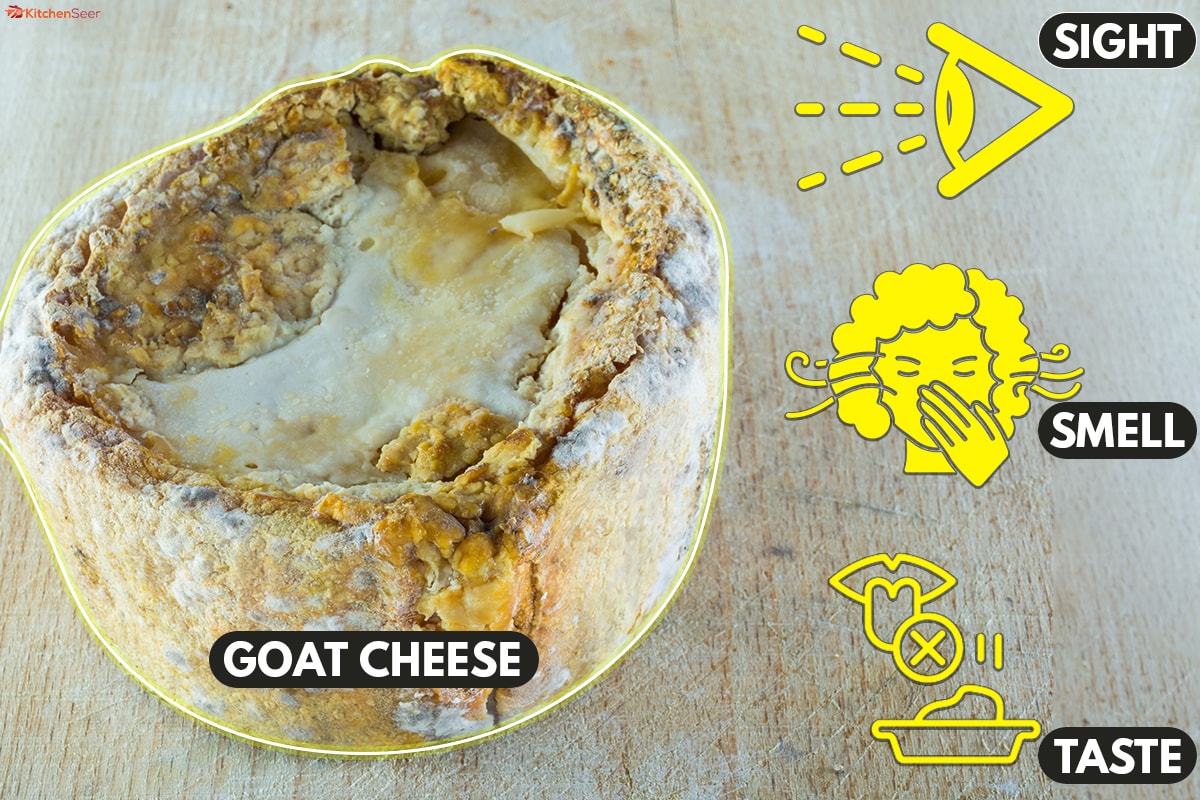
If you see any moldy spots on the cheese, toss it. Remember that only part of the mold is visible, so even parts that aren't visually moldy are likely already contaminated.
Also, check if it looks wet or slimy. That's also a good sign your goat cheese has gone bad.
If it looks okay, though, give it a sniff. Goat cheese is naturally a bit funky, but if the smell is moldy or has an ammonia-like smell, it's time for it to go.
If it passes the sight and smell tests, give a little piece a taste. Any off tastes are a sign that your cheese is past its prime.
How to Tell if Parmesan Has Gone Bad
Because parmesan has been aged, it has a longer shelf-life than goat cheese. However, it will still go bad over time.
The main way to tell if parmesan is bad is to look for any mold. Also, check if it smells sour or feels wet or slimy to the touch. All of these are signs that your parmesan is past its prime and it's time to get some more.
Conclusion
Goat cheese and parmesan are a match made in cheese heaven. They both offer flavor and texture that the other lacks, meaning they can be used to complement each other in a variety of recipes.
Now you know more about different ways to use these two types of cheese in many different dishes. All that's left to do is to get cooking and, even better, eating!
If you found this post helpful, be sure to check out these great articles:
What Do You Serve With Cheese Boards?
Should Cheese Be Served At Room Temperature?

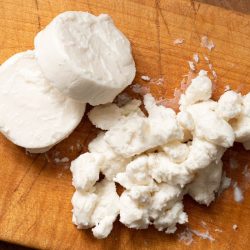
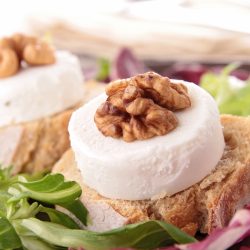
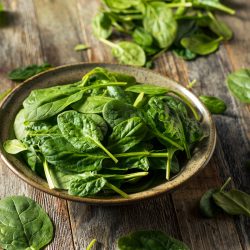
![Parmesan cheese layed on chopping board for slicing with greens on the side, How to Grate Parmesan Cheese Without a Grater [5 Options Revealed]](https://kitchenseer.com/wp-content/uploads/2020/04/Parmesan-cheese-layed-on-chopping-board-for-slicing-with-greens-on-the-side-1-250x250.jpg)
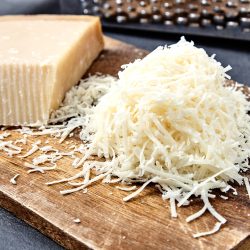
![Aging old cheese in the factory, Does Cheese Always Age Well Or Does It Go Bad Eventually? [According To Type Of Cheese]](https://kitchenseer.com/wp-content/uploads/2021/09/Aging-old-cheese-in-the-factory-250x250.jpg)